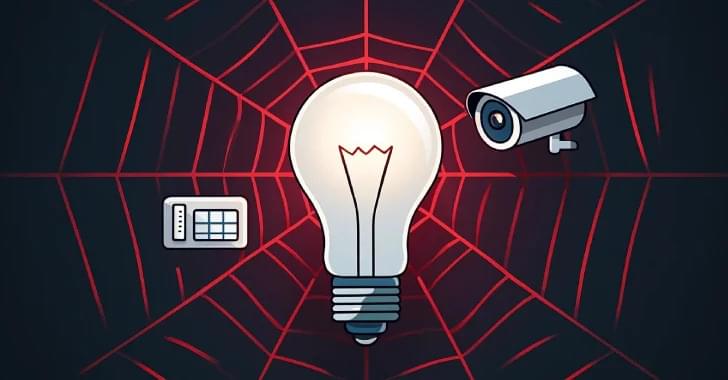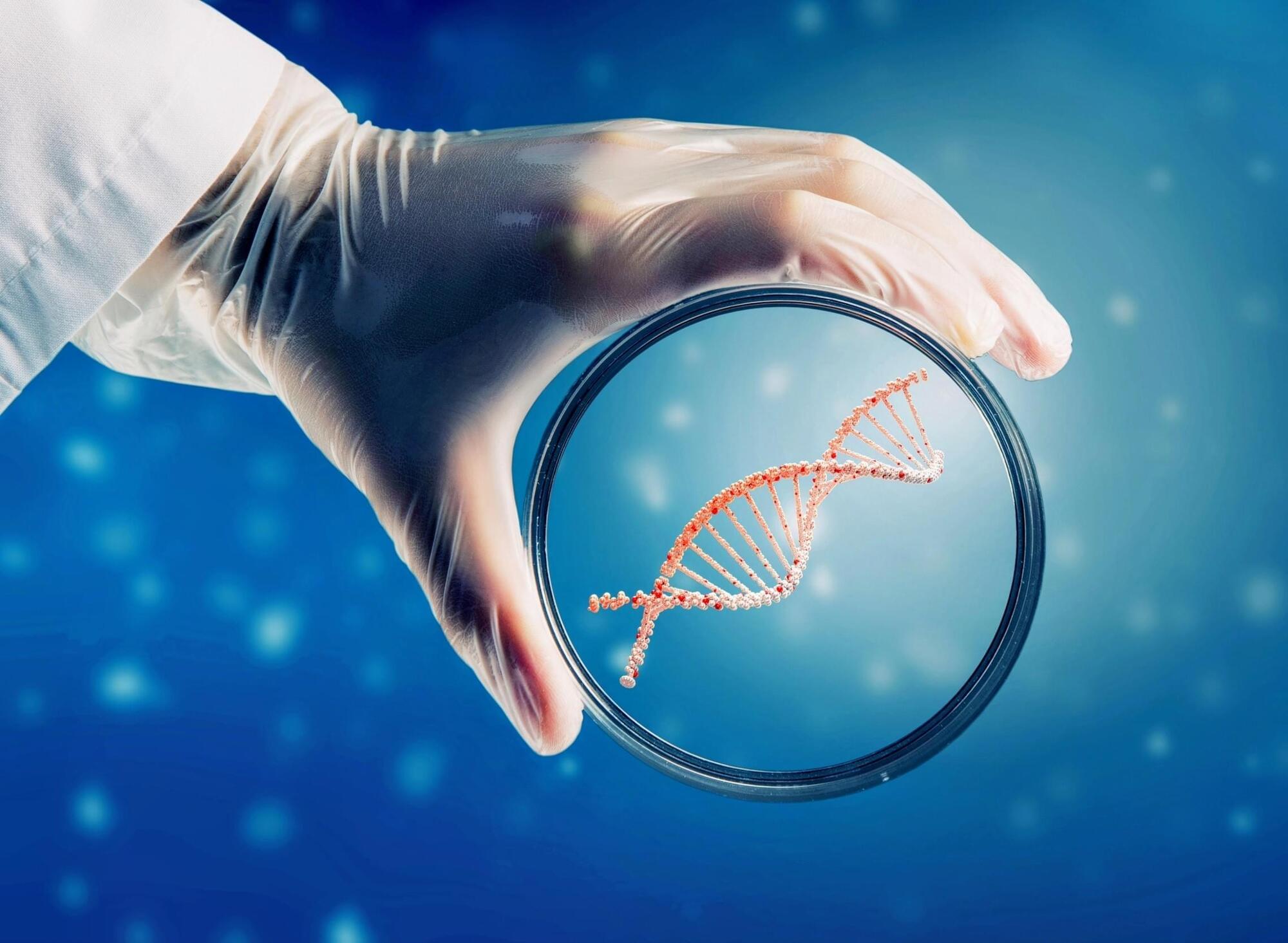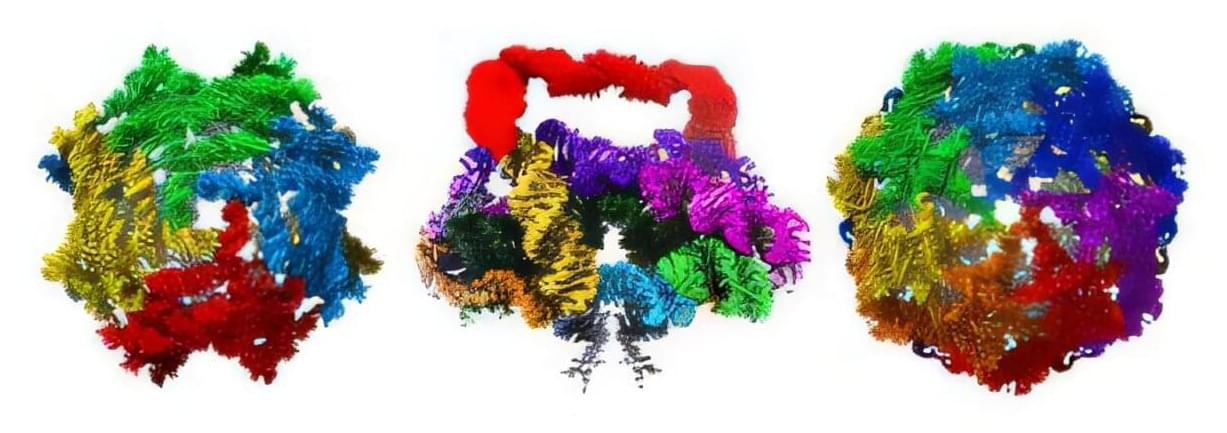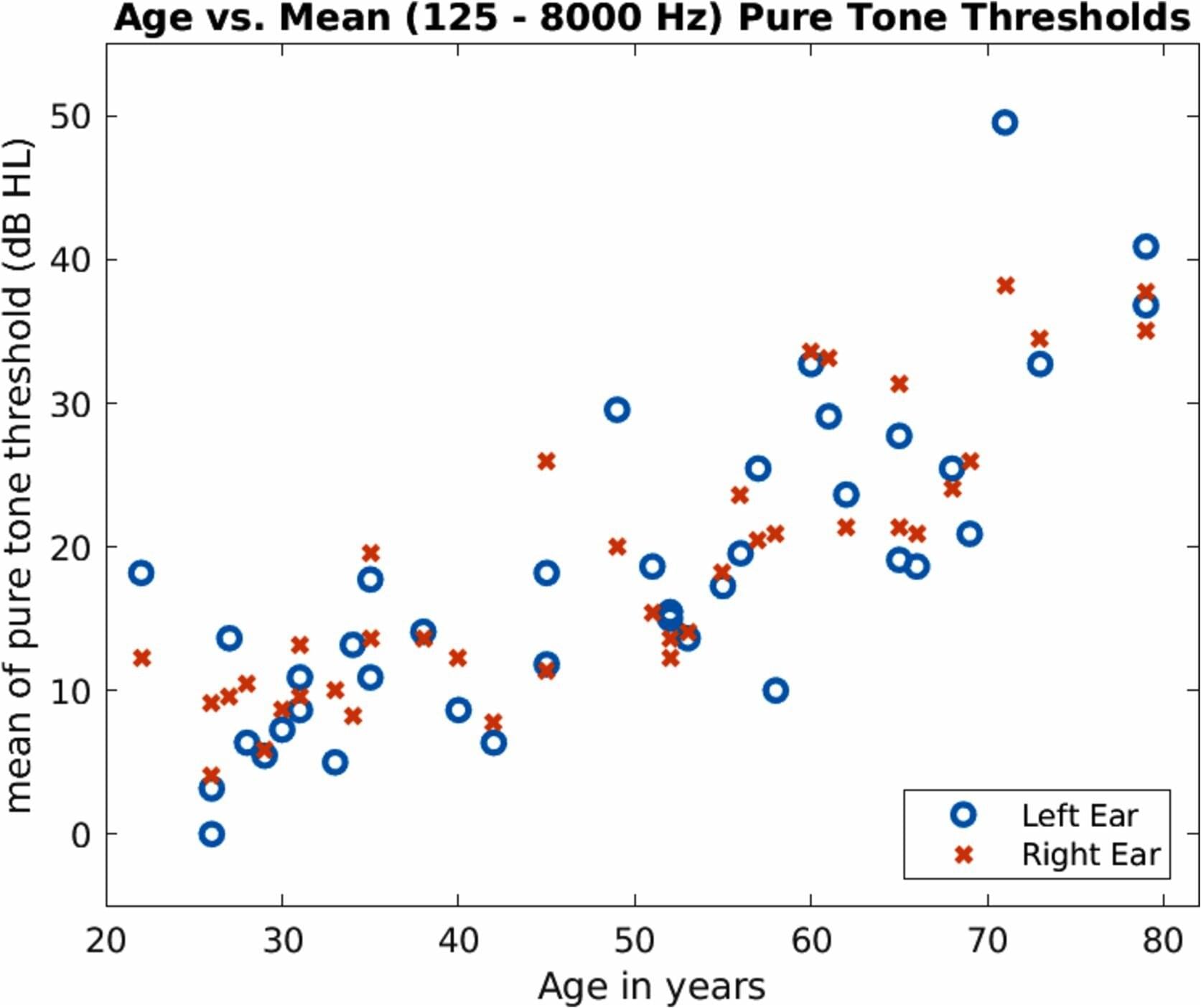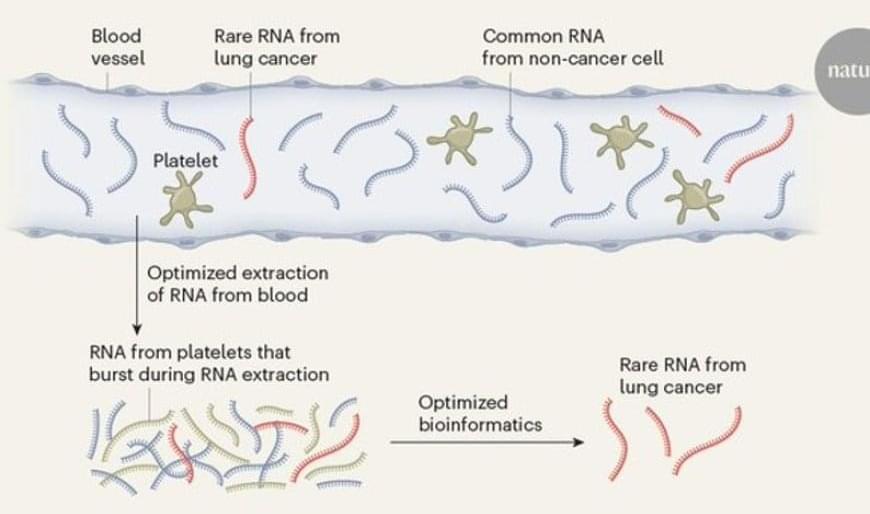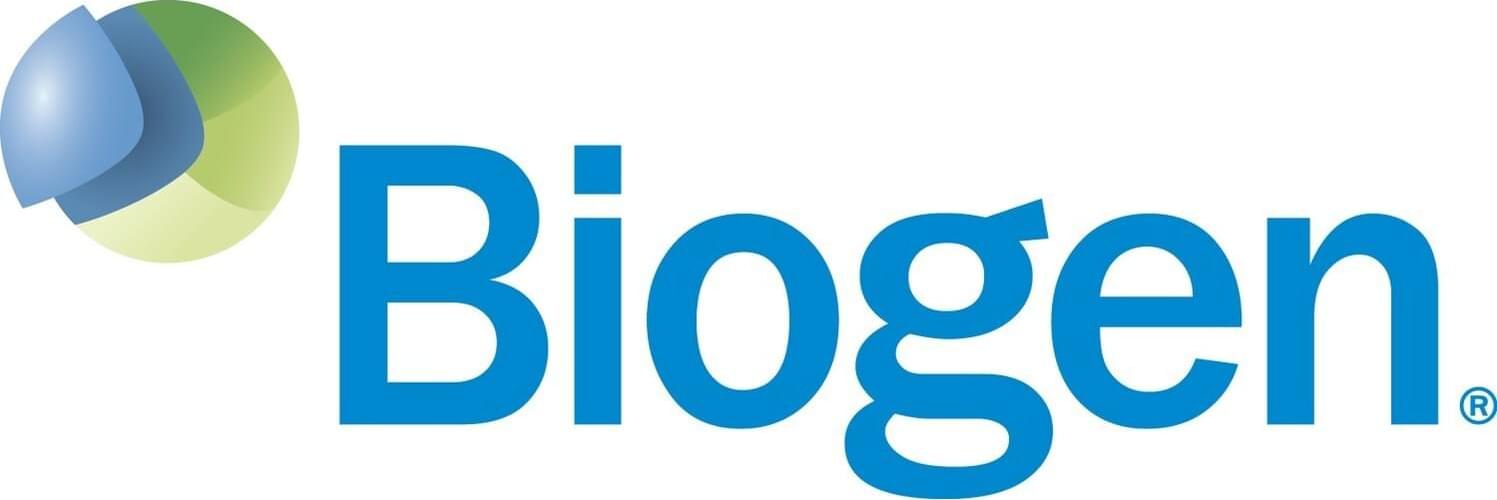Two critical CVEs exploited in GeoVision IoT and Samsung MagicINFO allow Mirai botnet deployment via RCE.
Cybersecurity researchers have lifted the lid on two threat actors that orchestrate investment scams through spoofed celebrity endorsements and conceal their activity through traffic distribution systems (TDSes).
The activity clusters have been codenamed Reckless Rabbit and Ruthless Rabbit by DNS threat intelligence firm Infoblox.
The attacks have been observed to lure victims with bogus platforms, including cryptocurrency exchanges, which are then advertised on social media platforms. An important aspect of these scams is the use of web forms to collect user data.
A new health-assessment method, called the Health Octo Tool, uses eight measures drawn from physical exams and routine lab tests to calculate a person’s biological age.
The tool may predict an individual’s risk of disability and death more accurately than existing health predictors.
The research team, led by Shabnam Salimi from the University of Washington School of Medicine, believes the tool could uncover new factors that shape the aging process and help design interventions to extend lifespan. Salimi is a physician-scientist and acting instructor in the Department of Anesthesiology & Pain Medicine.
NASA scientists, in collaboration with researchers from Japan’s University of Toho, have used supercomputers to model the far future of Earth’s habitability. Their findings offer a clear—if distant—timeline for the end of life on our planet.
According to the study, the Sun will be the ultimate cause of the end of life on Earth. Over the next billion years, its output will continue to increase, gradually heating the planet beyond the threshold of life. The research estimates that life on Earth will end around the year 1,000,002,021, when surface conditions become too extreme to support even the most resilient organisms.
But the decline will begin much earlier. As the Sun grows hotter, Earth’s atmosphere will undergo significant changes. Oxygen levels will fall, temperatures will rise exponentially, and air quality will worsen. These shifts, projected through detailed climate change and solar radiation models, map out when life on Earth will end, not as a sudden collapse but as a slow and irreversible decline.
Ribonucleic acid (RNA) molecules may be best known for their job ferrying the genetic information encoded in DNA to a cell’s protein factories, but these molecules aren’t just a middleman for protein production. In fact, some RNA molecules don’t code for proteins at all and serve various other important functions in cells, such as regulating gene expression and catalyzing chemical reactions. However, the functions of many non-coding RNAs remain mysterious.
In research published in New Phytologist, investigators reveal that tomato ripening is regulated by the same mechanism that contributes to humans’ and animals’ life-and health spans.
The mechanism, called autophagy, regulates cellular recycling and operates in all lifeforms apart from bacteria. This latest work shows that autophagy affects tomato fruit ripening by controlling the production of ethylene. Ethylene is the primary hormone that controls ripening in many fruits such as apples, bananas, mangoes, avocados, and tomatoes.
To assess the role of autophagy in ripening, the team of researchers from the Volcani Institute, in Israel, and the University of Tübingen, in Germany, generated tomato plants that allow a temporal genetic repression of autophagy, specifically in mature non-ripe fruits.
Bollmann et al. track reactivated CA1 assemblies representing spatial memories during 16–20 h of sleep/rest. Assemblies initially reflect recently learned spatial memories but are gradually transformed into those seen during the memory recall session following rest. Whereas slow-wave sleep accelerates the assembly drift, REM epochs counteract it.
As they age, some people find it harder to understand speech in noisy environments. Now, University at Buffalo researchers have identified the area in the brain, called the insula, that shows significant changes in people who struggle with speech in noise.
The findings, published in the journal Brain and Language, contribute to the growing link between hearing loss and cognitive impairment leading to dementia. Previous research has separately established connections between hearing difficulties and dementia, as well as insula abnormalities and cognitive decline.
The insulae are two complicated structures that interact with the brain’s frontal lobe, which is responsible for higher-level cognitive function. The insulae integrate sensory, emotional and cognitive information.
The researchers have developed a blood test capable of detecting cancers, the ways cancer resists treatments and tissue injury caused by non-cancerous conditions.
The new test analyzes RNA molecules in the bloodstream. This type of RNA is called cell-free RNA because the tiny molecules no longer inhabit a cell. There are always fragments of both DNA and RNA floating in blood — byproducts of natural cell death from all types of tissues and organs throughout the body, including cancerous tumors.
The researchers spent more than six years developing novel methods to target messenger RNA in blood and then used it to identify the presence of cancers at different stages, to track resistance to cancer treatment, and to monitor severity of injury to healthy tissue.
QALSODY™ (tofersen injection) Receives Conditional Marketing Authorization from Health Canada as the First ALS Treatment Targeting a Genetic Cause
Posted in genetics, health | Leave a Comment on QALSODY™ (tofersen injection) Receives Conditional Marketing Authorization from Health Canada as the First ALS Treatment Targeting a Genetic Cause
/CNW/ — Biogen Canada Inc. announced today that Health Canada has issued marketing authorization with conditions (Notice of Compliance with Conditions (NOC/c))…
